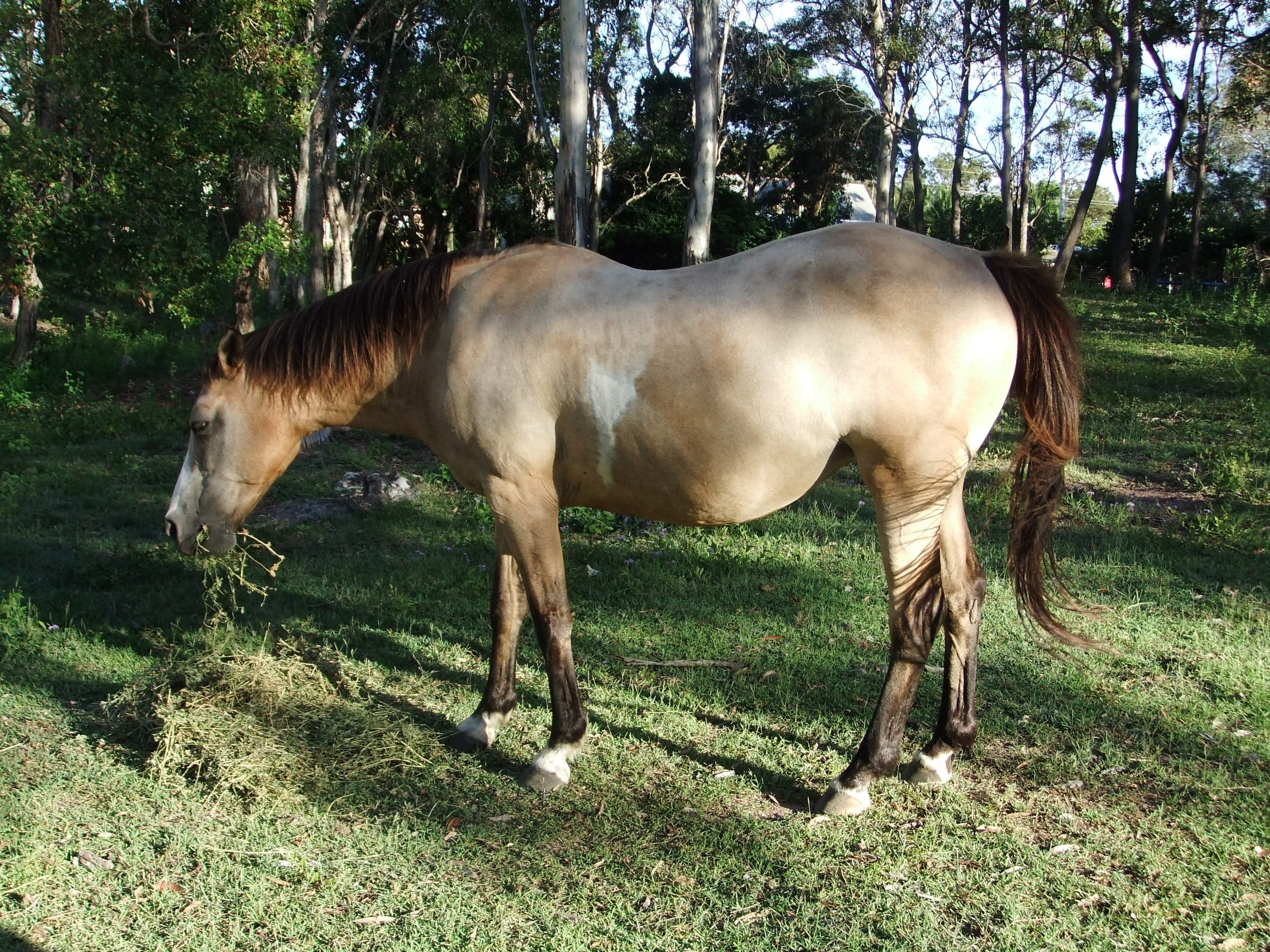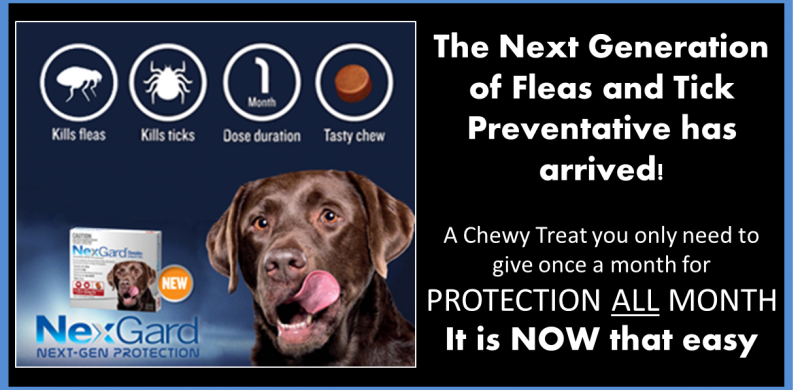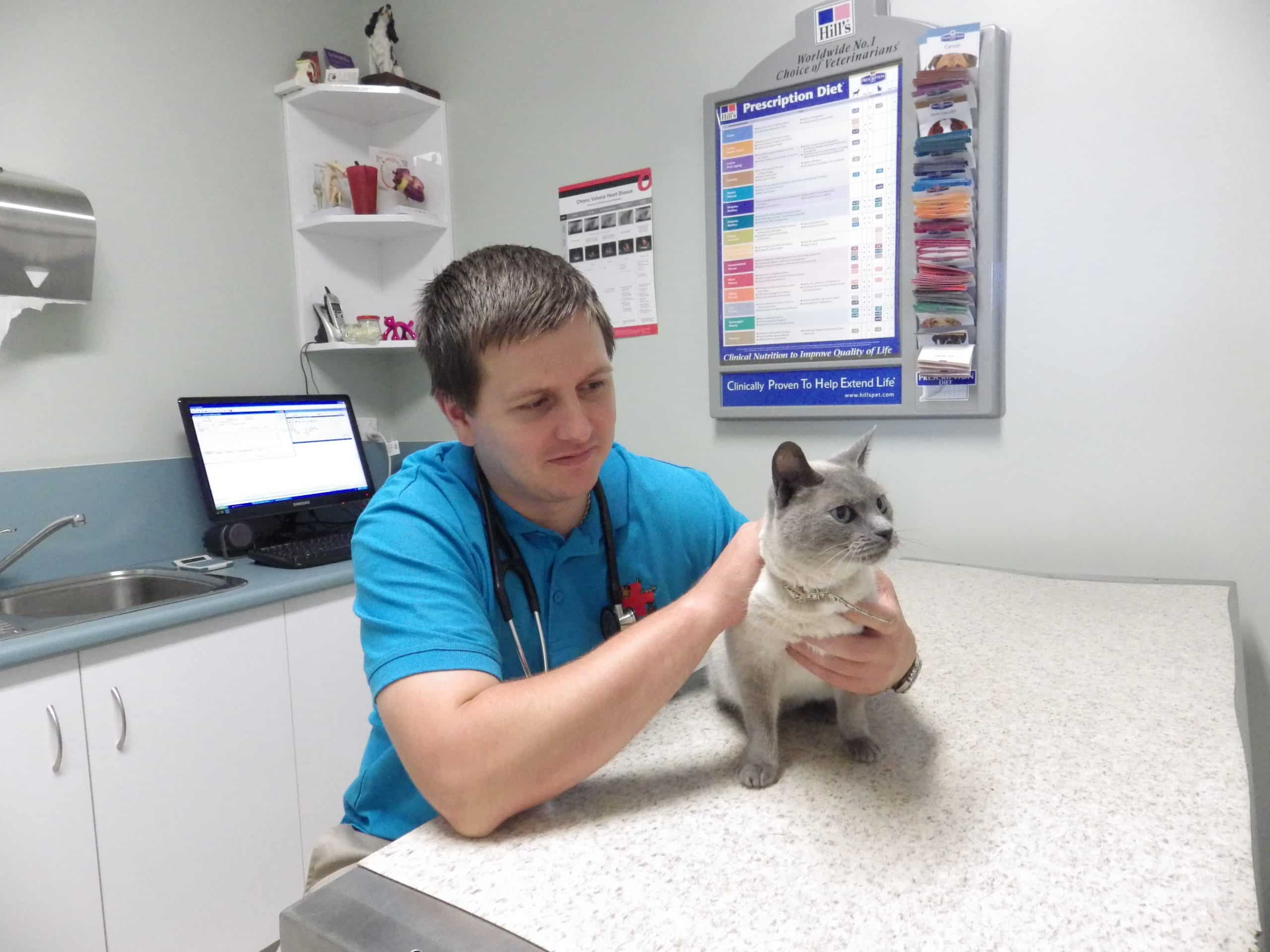With the recent weather events we have been experiencing, we thought it would be a good time to help you ensure that your fur babies are all safe and well. Dogs especially can cause themselves great harm by trying to escape, including injuries such as lacerations, fractured or broken claws, broken teeth and bruising. The worst outcome of all is losing your pet. Therefore it is very important to ensure that there are no holes or escape routes possible from the yard or pen. Following are some suggestions for handling your dog during a thunderstorm.
Many owners are under the assumption that if they don’t offer any consolation to their pets during a storm they won’t reinforce a negative behaviour brought on by a thunderstorm. However if the thunderstorm is severe it is unacceptable to have the “they’ll be right” attitude. The reasoning behind this is your dog won’t understand being punished for being scared or worried and can potentially make the anxiety associated with thunderstorms worse. Therefore by providing a positive and distracting stimulus, it is more likely to calm your dog down.

Providing a distracting stimulus can include offering treats, cuddling and anything that your dog enjoys. Therefore associating the loud cracks of thunder with toys and other goodies can allow the animal to think the situation is pleasant. Another method can include offering your pet to “hide” in a crate, as this is a natural psychological defence for dogs. Getting a dog used to a crate is recommended when they are puppies, as this can be easier than when they are mature. The crate offers an excellent safe place for your dog to go when they are scared or fearing something. While encouraging the hiding technique isn’t usually recommended, it works for some people.
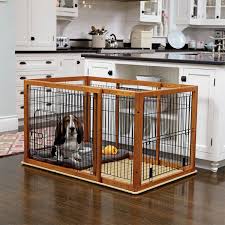
Another method that may work is placing your dog into an enclosed room (maybe a bathroom) and playing soothing music or even just the radio. By doing this it can distract the dog from the sounds of the thunder and also help reduce the noise by placing them in the enclosed room.
If these methods aren’t suitable there is a produce called the “Thunder Shirt” (see photo below). The Thunder Shirt offers a safe, effective, drug free and easy to use option to comfort your dog during moments of anxiety (which may be experienced through stormy weather). The Thunder Shirt is designed to apply a gentle, but constant pressure on the torso of the dog which can create a calming effect. We can order these shirts in for you if we don’t already have the size you require in store.
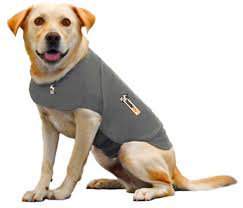
The last method that should be tried to prevent anxiety associated with thunderstorms is to ask your veterinarian about calming drugs for your dog. If all avenues have been exhausted there are medications available, however these must be used under the direction of the veterinarian.
Overall the most important thing to remember is to ensure that your pets have a safe and enclosed environment that they cannot harm themselves in trying to escape or hide and also to try some of the mentioned methods to calm your dog down during a thunderstorm.

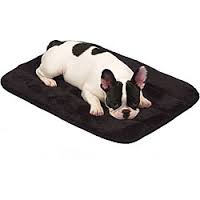 It is also very important to consider providing them with a dog bed that is not in direct contact with the ground such as the hessian dog beds (see below) or the snooza type beds. These beds are great for both winter and summer as in the warmer months, air can circulate beneath them, thereby keeping your pet cooler whilst in the winter months, the dog is not in direct contact with the cold, and often wet, ground.
It is also very important to consider providing them with a dog bed that is not in direct contact with the ground such as the hessian dog beds (see below) or the snooza type beds. These beds are great for both winter and summer as in the warmer months, air can circulate beneath them, thereby keeping your pet cooler whilst in the winter months, the dog is not in direct contact with the cold, and often wet, ground.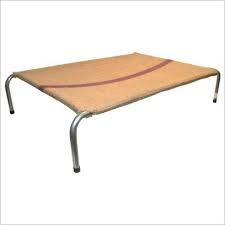 Dog coats and jackets are also a very effective way of keeping your dog warm while they are outside in the winter months, and they can be a great fun way of expressing your pet’s personality. We have just brought in a great range of coats in a variety of styles, colours and sizes. To measure your dog for a coat, you can either bring him/her in and our friendly staff can help you to choose the correct size, or you can measure your dog from the base of the neck to the base of the tail to get the measurement you will need. See the photo below for instructions.
Dog coats and jackets are also a very effective way of keeping your dog warm while they are outside in the winter months, and they can be a great fun way of expressing your pet’s personality. We have just brought in a great range of coats in a variety of styles, colours and sizes. To measure your dog for a coat, you can either bring him/her in and our friendly staff can help you to choose the correct size, or you can measure your dog from the base of the neck to the base of the tail to get the measurement you will need. See the photo below for instructions.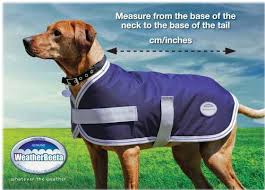 Exercise is also important because it will get your dog’s blood circulating more rapidly which in turn stops them getting too cold. This can also mean increasing their food intake during winter, as they use more energy keeping warm.
Exercise is also important because it will get your dog’s blood circulating more rapidly which in turn stops them getting too cold. This can also mean increasing their food intake during winter, as they use more energy keeping warm.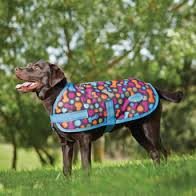
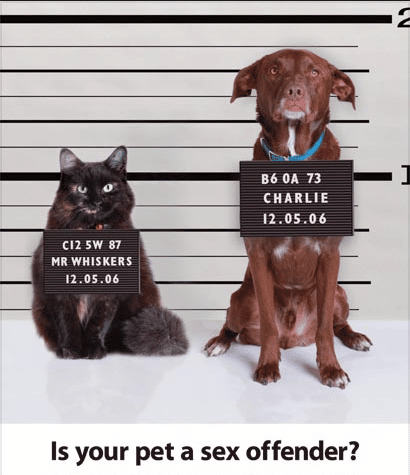 Deciding whether or not to desex your pet can be a big decision to make. Desexing is not only beneficial to your pets but recommended, unless you want to use them for breeding purposes. The procedure between males and females is clearly different and therefore are named differently. To desex a male animal it is called castrating, whereas desexing a female animal is called a spey. The process if castrating an animal involves removing both testicles, as these are vital parts in reproduction and without these male dogs cannot reproduce. Females on the other hand, have a more complex surgery. During the procedure the females undergo a full ovariohysterectomy, which involves removing the ovaries and uterus. Once again these are the vital section of the reproductive system that allow female animals to produce young.
Deciding whether or not to desex your pet can be a big decision to make. Desexing is not only beneficial to your pets but recommended, unless you want to use them for breeding purposes. The procedure between males and females is clearly different and therefore are named differently. To desex a male animal it is called castrating, whereas desexing a female animal is called a spey. The process if castrating an animal involves removing both testicles, as these are vital parts in reproduction and without these male dogs cannot reproduce. Females on the other hand, have a more complex surgery. During the procedure the females undergo a full ovariohysterectomy, which involves removing the ovaries and uterus. Once again these are the vital section of the reproductive system that allow female animals to produce young.
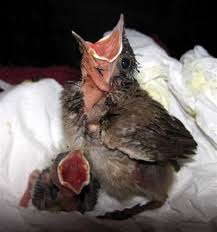
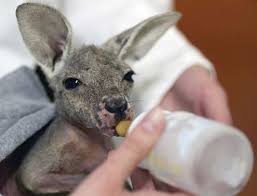
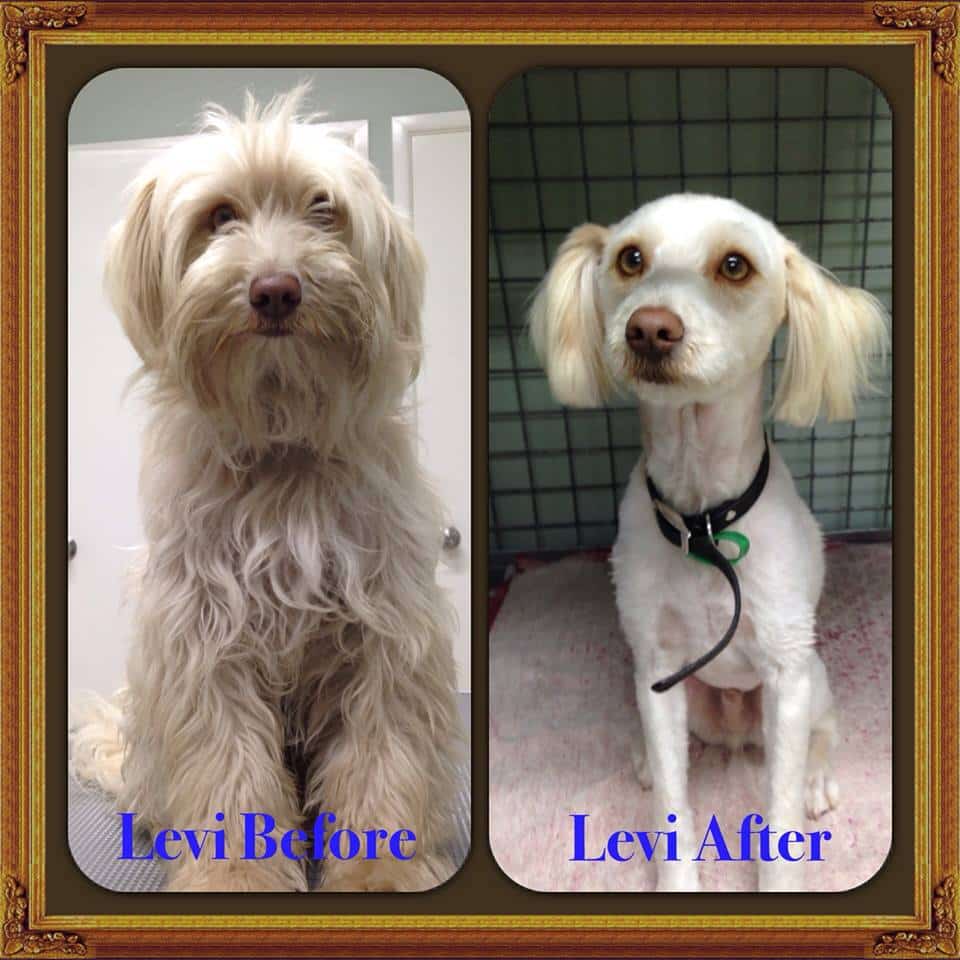 Are your pets feeling the heat, got a few knots or a little on the smelly side? Do they need a nail trim or flea bath? Grooming is an essential part of your pets daily needs. Each breed has different requirements, such as a Schnauzer which would require more maintenance than something like a Rottweiler.
Are your pets feeling the heat, got a few knots or a little on the smelly side? Do they need a nail trim or flea bath? Grooming is an essential part of your pets daily needs. Each breed has different requirements, such as a Schnauzer which would require more maintenance than something like a Rottweiler.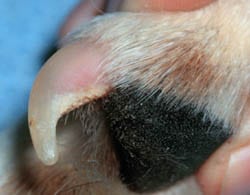
 After the devastating Bundaberg Flood early in 2013, it became apparent that there were many people who were unprepared for what do do with their precious pets in the event of another natural disaster.
After the devastating Bundaberg Flood early in 2013, it became apparent that there were many people who were unprepared for what do do with their precious pets in the event of another natural disaster.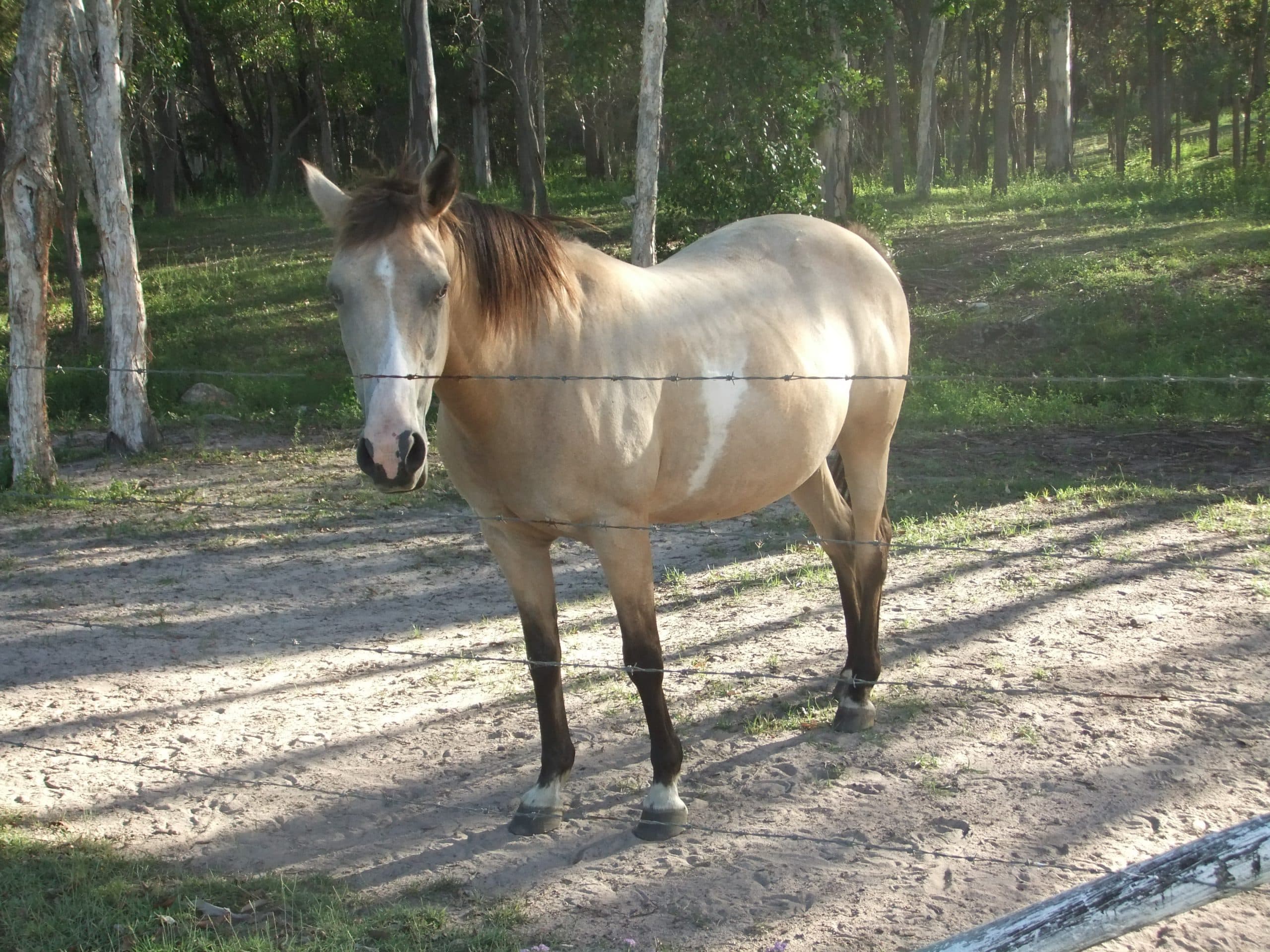 In a previous blog titled “Love is in the air..”, we told you about “Reckless’ who is owned by one of our veterinary nurses Nicole. The hope was that she was pregnant.
In a previous blog titled “Love is in the air..”, we told you about “Reckless’ who is owned by one of our veterinary nurses Nicole. The hope was that she was pregnant.